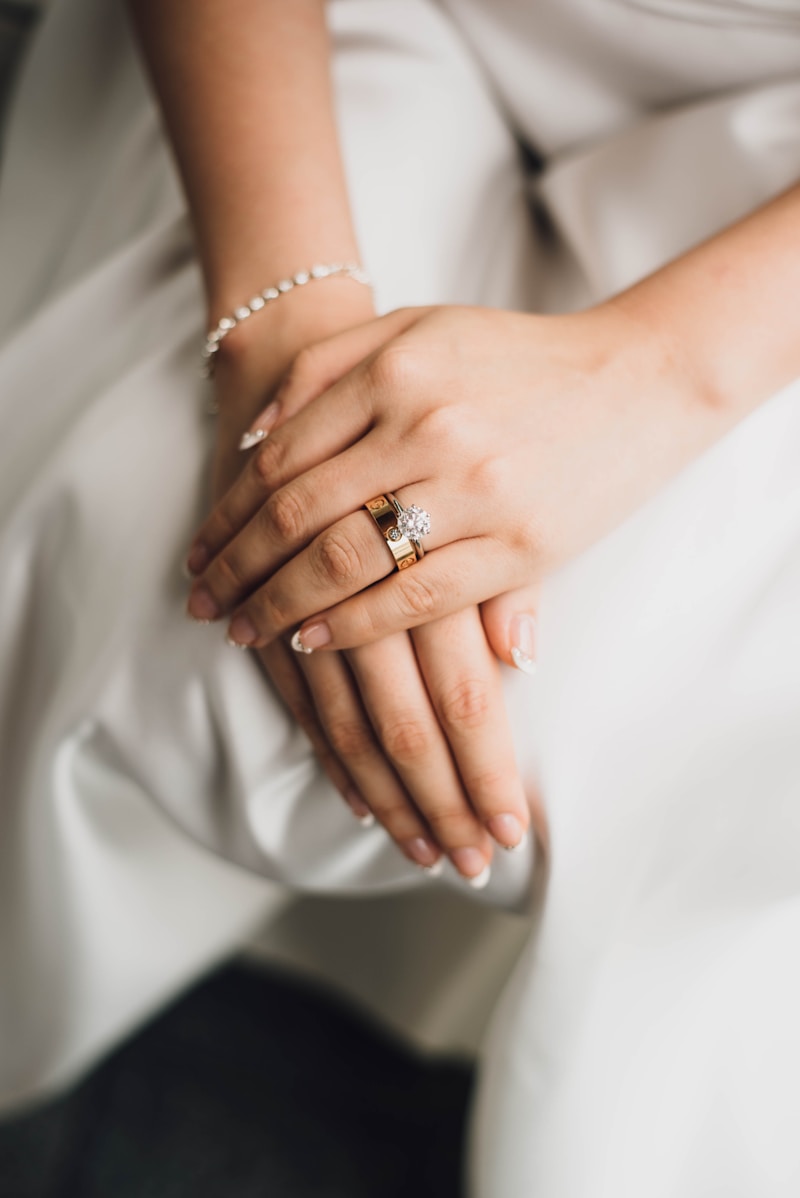Navigating Sheer vs. Opaque Fabrics for Bridal Styles: The Ultimate Guide
Understanding Sheer and Opaque Fabrics for Bridal Fashion
Choosing the perfect wedding dress is one of the most crucial aspects of preparing for your big day. Among various factors, the fabric selection plays a vital role in defining the bridal style. In this article, we will explore the differences between sheer and opaque fabrics, guide you on how to navigate these options effectively, and help you make an informed decision.
What Are Sheer and Opaque Fabrics?
Before diving deeper, it's essential to understand what sheer and opaque fabrics are. Sheer fabrics are lightweight and translucent, allowing light to pass through them. Common examples include chiffon and organza. On the other hand, opaque fabrics are heavier and do not allow light to penetrate, such as satin and taffeta.
Sheer Fabrics
- Chiffon: A soft, flowing fabric that creates an ethereal look ideal for layered gowns.
- Organza: Stiffer than chiffon, organza adds volume and structure to bridal styles.
- Lace: Often used as an overlay, lace can be sheer, offering intricate designs and patterns.
Opaque Fabrics
- Satin: Known for its luxurious sheen, satin offers a classic and timeless look.
- Taffeta: This crisp and structured fabric provides a formal appearance, perfect for a glamorous wedding.
- Crepe: Made from silk or polyester, crepe has a slightly textured surface and beautiful drape.
Comparing Sheer vs. Opaque Fabrics
| Feature | Sheer Fabrics | Opaque Fabrics |
| Transparency | High | Low |
| Drape | Light and flowing | Structured and heavy |
| Comfort | Breathable | Warm and cozy |
| Ideal for | Layering, soft silhouettes | Formal, traditional styles |
| Common Uses | Veils, overlays | Main dress fabric |
Choosing the Right Fabric for Your Bridal Look
When selecting between sheer and opaque fabrics, consider the following factors:
- Wedding Theme: The overall tone and theme of your wedding can influence your fabric choice. Sheer fabrics are perfect for a romantic or garden-themed wedding, while opaque fabrics suit a classic and elegant affair.
- Body Shape: Different fabrics can flatter various body types. Sheer fabrics can create soft silhouettes, while opaque fabrics offer structure, crucial for accentuating your natural curves.
- Season: If you're getting married in a warmer season, sheer fabrics are ideal for their breathability. Conversely, if you're planning a winter wedding, opaque fabrics provide extra warmth.
How to Incorporate Sheer Fabrics Into Your Look
Sheer fabrics can be stunning when incorporated correctly. Here are some ways to include them:
- Layering: Use sheer overlays for skirts and sleeves to create depth while maintaining a light appearance.
- Veils: Sheer veils can beautifully complement any bridal gown, adding an enchanting touch.
Using Opaque Fabrics for a Timeless Appeal
For brides who prefer a classic aesthetic, opaque fabrics provide a timeless elegance. Here’s how to make the most of opaque fabrics:
- Structured Silhouettes: Opt for gowns that utilize satin or taffeta to create defined shapes that last throughout your wedding day.
- Minimalist Detailing: Let the beauty of the fabric shine by keeping detailing minimal, focusing instead on the gown's overall structure and fit.
Popular Bridal Styles Utilizing Sheer and Opaque Fabrics
The versatility of sheer and opaque fabrics allows for various bridal styles. A few popular options include:
- Bohemian: A lightweight, flowy gown often utilizes sheer fabrics, making it perfect for outdoor weddings.
- Vintage: A vintage-inspired gown often combines sheer lace with opaque satin for a romantic feel.
- Contemporary: Modern gowns frequently feature a mix of both sheer and opaque fabrics, creating a stunning visual contrast.

Conclusion: Final Thoughts on Sheer and Opaque Fabrics
When navigating the world of bridal fabrics, understanding the differences between sheer and opaque materials is crucial. Both fabric types offer unique advantages, and your choice should ultimately reflect your style, wedding theme, and comfort. Remember to envision yourself in various gowns, considering how each fabric type influences your overall look.
Finally, whether you opt for the ethereal charm of sheer fabrics or the luxurious feel of opaque fabrics, ensure you consult with a professional bridal consultant to find the best fit for your dream dress. Happy wedding planning!